Bantu knots or Twist out hairstyles are represented by West African women. The Zulu tribes are trying to embrace their culture.
Plus, people are also experimenting the Bantu knots and Twist-Out to enhance their appearance. But the argument stays on Bantu Knots vs Twist-Out and which one is easier to do.
Bantu knot and twist out originated in the same region, yet they have different appearances. A Bantu knot creates a tight curl in a knot because it rolls up, and a twist out is sectioning your hair, twisting the portions, and making beautiful waves.

However, there’s more to this difference. Hence, we’ll share an in-depth view of both styles alongside their benefits and drawbacks. Plus, you’ll also know how to wear them on your hair.
Bantu Knots Vs Twist Out: In-Depth Differences
As mentioned earlier, they originated from the same area but carried different appearances and values. So let’s check them out in detail.
What are Bantu Knots?
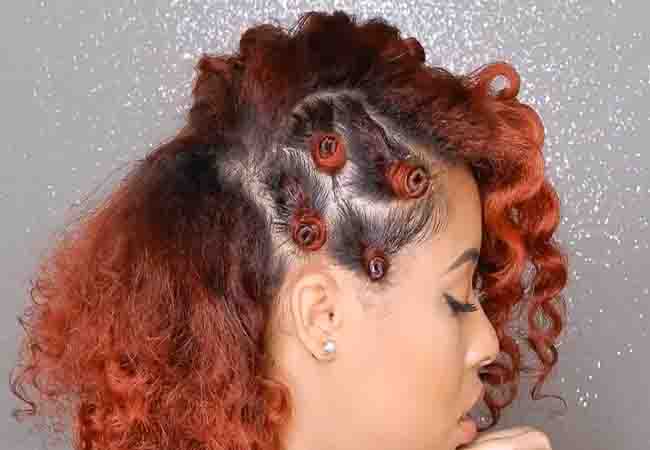
The Bantu knot is a hairstyle in which the hair is divided into sections, twisted, and wrapped so that the hair stacks onto itself to form a spiraling knot. It’s a creation of the Zulu people of southern Africa.
Bantu knots have a politicized Western context despite being a simple and common style technique. Because of the solid African ancestry associated with the style, Bantu knots are a declaration of pro-Blackness and self-love.
What is Twist Out?

Twist out is untwisting previously twisted hair to produce a voluminous, loosely crimped texture.
You’ll see two variations of twist out: one utilizes two strands of hair, while the Other, known as a three-strand twist out,” uses three stands of hair. When untwisted, both produce textured hairstyles.
Advantages and Disadvantages of Bantu Knots And Twist Out
Here we can learn about the advantages and disadvantages of Bantu Knots and Twist Out.
Advantages of Bantu Knots
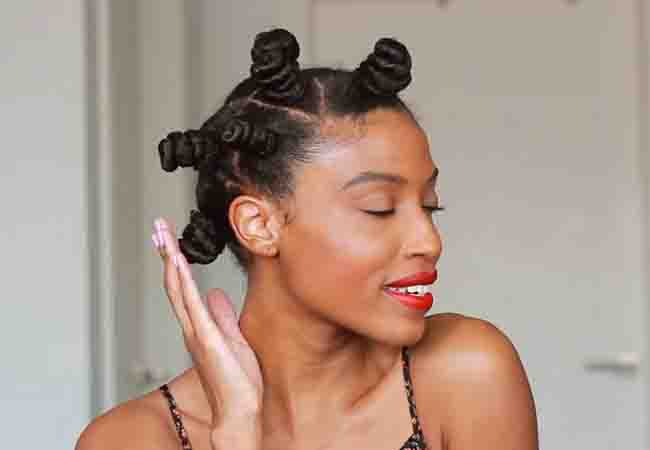
- Without the use of heat, Bantu Knots assist in retaining hair growth.
- They’re an affordable method to switch up your appearance.
- Every type and length of hair can be tied in Bantu knots.
- They require little upkeep. When unraveled, they exhibit the most bomb curls.
Disadvantages of Bantu Knots
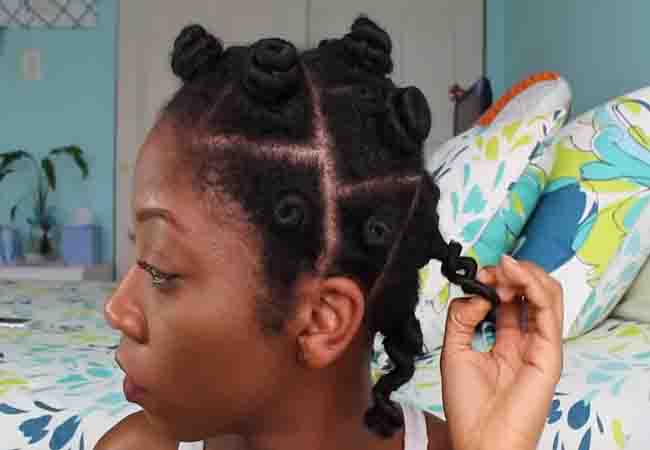
- The Bantu knot becomes weak quickly.
- Traditional Bantu knots shouldn’t be used as a long-term protective style if that’s what you want.
- Sleeping in them will be as challenging as it may seem, based on how the style looks.
- Bantu knots must be prepared and applied carefully.
- If you don’t detangle your hair first, using the knots will be challenging to remove.
- Unnecessary breakage from knotted Bantu Knots can happen.
Advantages of Twist Out

- Twisted outs need less maintenance.
- You go out the twists already in your hair without being odd.
- Twist-outs let you create two distinct hairstyles: one with twists in and one without twists.
- Experimenting with twisting out two or three strands will provide diverse outcomes.
Disadvantages Of Twist out

- Twist Out shrinks hair quite a bit. Therefore, twist-outs are challenging if you want to make the hair length look as long as possible.
- If you don’t carefully unravel each twist, it may cause much disturbance of the wave pattern.
- If you don’t have patience removing twist, the twist out might quickly become frizzy.
- You have to be cautious when sleeping on a twist-out.
The Procedure of Bantu Knots and Twist Out.
Now that you know how they work, where they stand out most and their drawbacks, we are sure you’d love to try them. But how do you do that? Let’s fill you in on the procedures.
The Procedure of Bantu knot
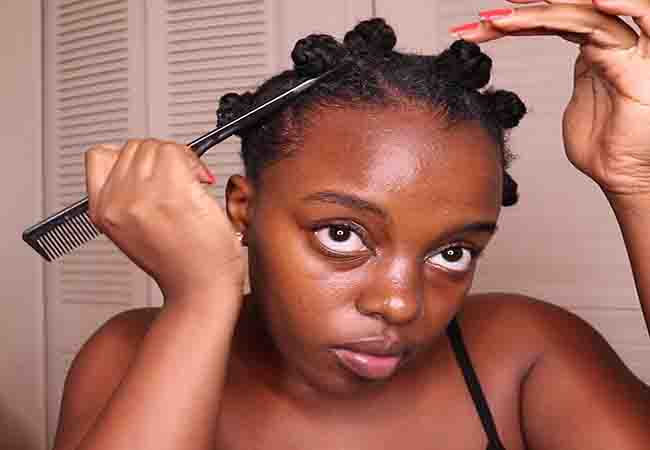
- Shampoo your hair with a sulfate-free product.
- Use conditioner, especially if your hair tends to frizz quickly.
- Leave the hair damp and only partially dry it.
- Hair detangling can require if it’s tangled.
- You have to divide your hair into several sections.
- Use a curl cream or other setting solution. For example, curl oil or curl gel.
- Twist a little coil near the crown of your head.
- Wrap the remaining hair around the area
- Place the coils there. On the remaining portions, repeat the knotting process.
- Show your Bantu knots with pride.
The Procedure of Twist out
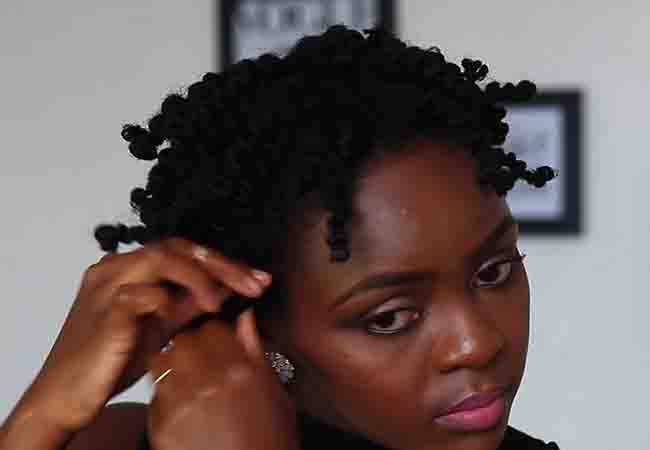
- Shampoo your hair and then dry it using a microfiber towel
- Apply a curl crème or natural oil.
- Detangle and divide your damp hair with a broad-toothed comb.
- If you are a beginner, use a 2-strand twisting approach.
- Make a flat twist if you want your curls to stand out more.
- Completely dry your hair.
- Use your fingertips to separate and fluff 2-strand twists.
- Simply pulling apart a flat twist will uncoil it.
Conclusion
Bantu Knots and Twist Outs are both lovely and distinctive in their way and has been worn long to make people seem attractive. Yet those who haven’t yet, are often perplexed about which style to choose.
That’s why, today we discussed the differences between Bantu Knot vs Twist Out.
We hope that now you’re fully aware of them before choosing them over the vast array of other options.
To be safe, you should take care of your hair before and after getting any hairstyle, and if you keep things in check, you wear any hairstyle.

